As people across England and Wales download the long-awaited NHS contact-tracing app on Thursday, they’ll also contribute to one of the most unlikely revivals of the Covid era: the humble QR code.
The app, which has been substantially rebuilt from the version first tested in the Isle of Wight in May, has had two significant changes. The first is a new underpinning, based on a framework created by Apple and Google, which allows it to work in a “decentralised” manner, sharing little data with the NHS about individuals’ movements.
The second is a new check-in functionality, which sees users asked to use the app to mark their presence at venues such as pubs, restaurants and hairdressers, to help contact tracers in their work “cluster-busting” – that is, tracking down all the people who might have been exposed to a super-spreader event.
Digitally checking in won’t be mandatory, and venues must maintain a paper log to serve those who can’t, or won’t, use the NHS app. But for those who do, it will be as easy as opening the app and scanning a QR code which the venue will have printed out and displayed prominently near the entrance.
It’s a surprising resurgence for a technology that is now more than a quarter of a century old. Invented to aid manufacturing in Japan’s competitive car industry in 1994, the QR code is essentially a two-dimensional barcode. The characteristic black squares in the corner help the reader – initially a laser system, but now more frequently a mobile phone camera – orient itself properly, and the central grid contains simple information encoded according to a standard pattern.
The codes were rapidly adopted beyond the car industry, helped by the spread of camera phones in the late 2000s. Then, as now, the system had advantages over more complex methods of data transfer: users didn’t need to plug their phones in, or navigate a potentially confusing bluetooth connection screen, they could simply point the camera at a code and scan it. The rise was rapid, and by the end of the decade, QR codes could be found etched on gravestones and tattooed on innumerable biceps.
But in the early part of last decade, the QR code’s adoption faltered, particularly in the west. The rise of Apple’s iOS operating system has taken a lot of the blame: until 2016, users needed to download a separate app to be able to read QR codes on their phones, which was a hurdle too far for a system which had initially grown because of its ease-of-use.
The rise of “near-frequency communication”, or NFC, also played a part. The technology, which is what enables mobile payments like Apple and Android Pay, has similar advantages to QR codes when it comes to ease-of-use, but can transmit much more data, and be rewritten on the fly.
But the codes never fully died out. In China, scanning a QR code has become the most common way of starting an electronic payment, thanks to the dominance of WeChat, and the need for a low barrier to entry. Printing off a QR code is significantly cheaper than buying and operating a credit card terminal, to the extent that it is rare for Chinese retailers to bother with the latter at all.
Those same advantages are behind the resurgence in the Covid era. The need to rapidly spin-up a digital infrastructure for contact tracing – and one that is, ideally, free from physical contact at all – has led to QR codes as the perfect solution.
“It’s all about reducing friction,” says Oxford University’s Professor Christophe Fraser, a scientific advisor to the Department of Health & Social Care’s test and trace programme. “Apps are all about reducing friction. If you’re a consumer, you appreciate not having to dig out your credit card details; here, you appreciate having to do fewer clicks, and that means more use.”
Even without the gravestones to remind us of them, then, it seems unlikely QR codes will ever truly die out.


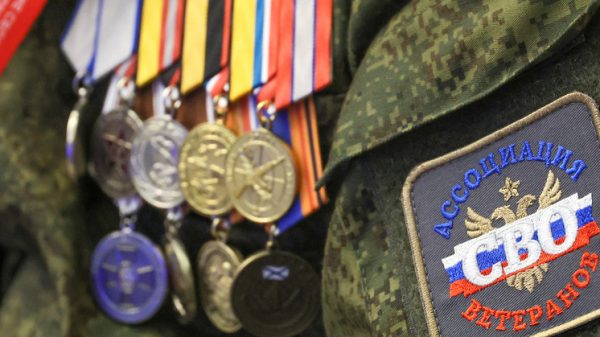
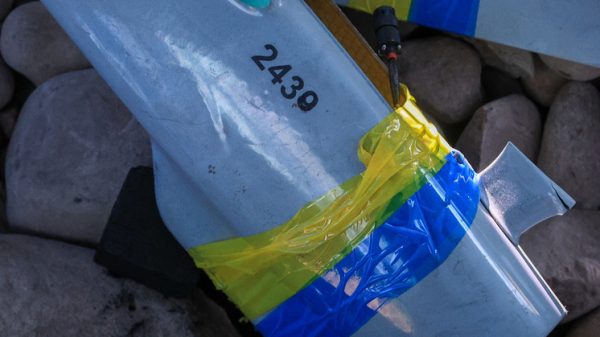



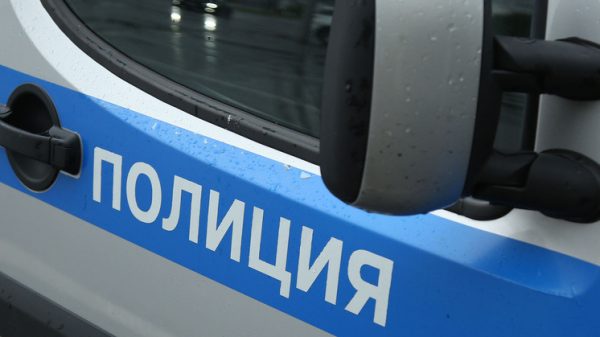

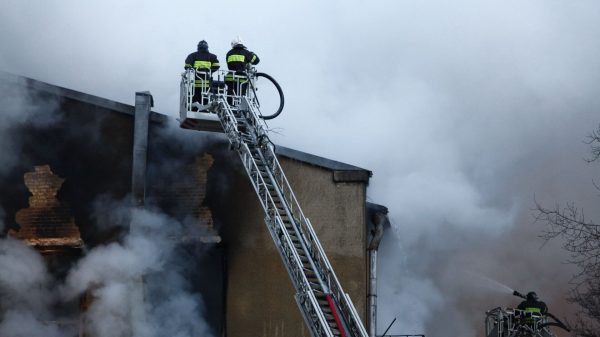
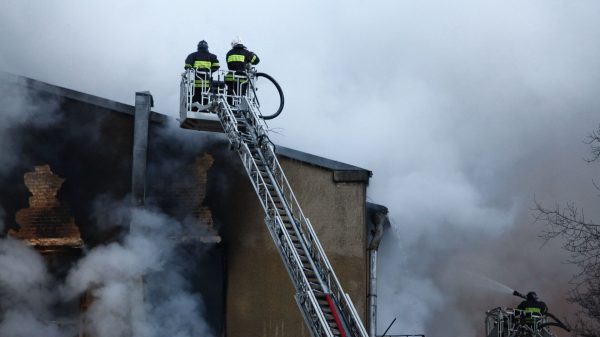
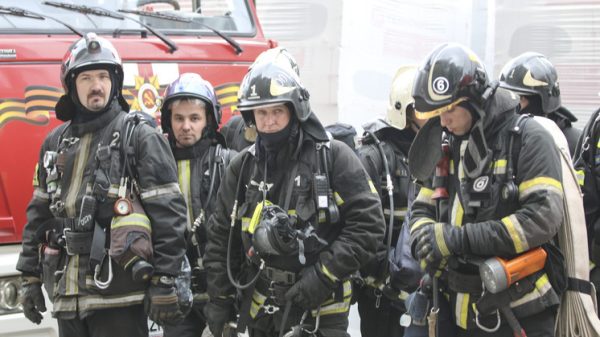
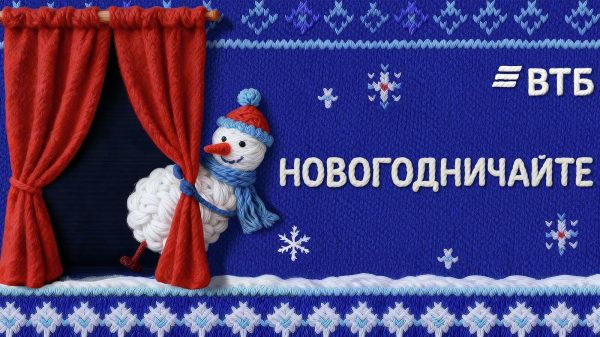




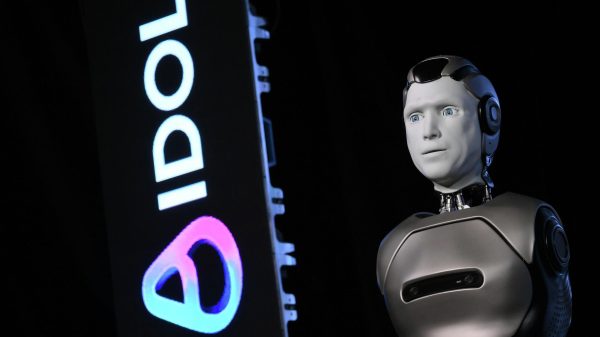
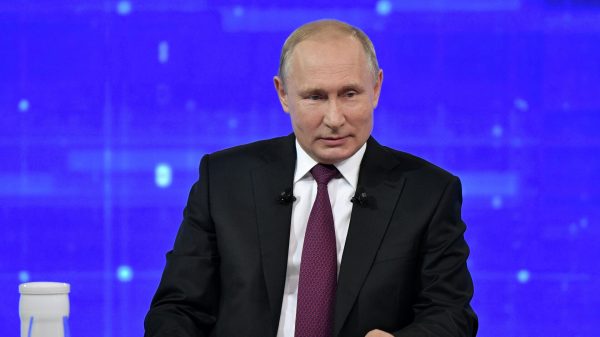

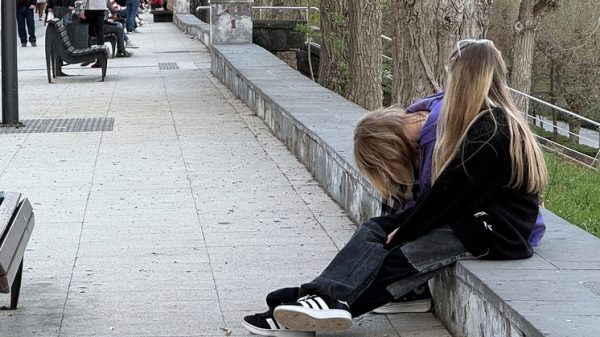










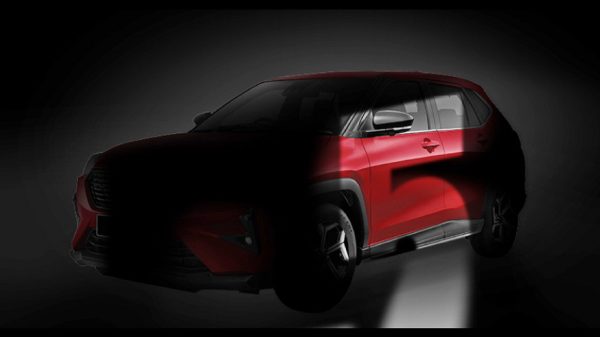






















Свежие комментарии